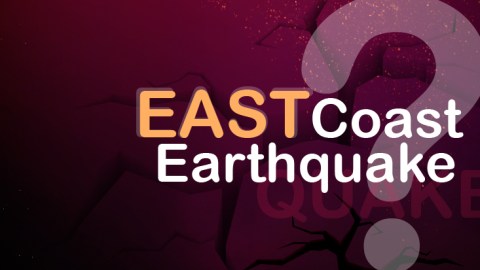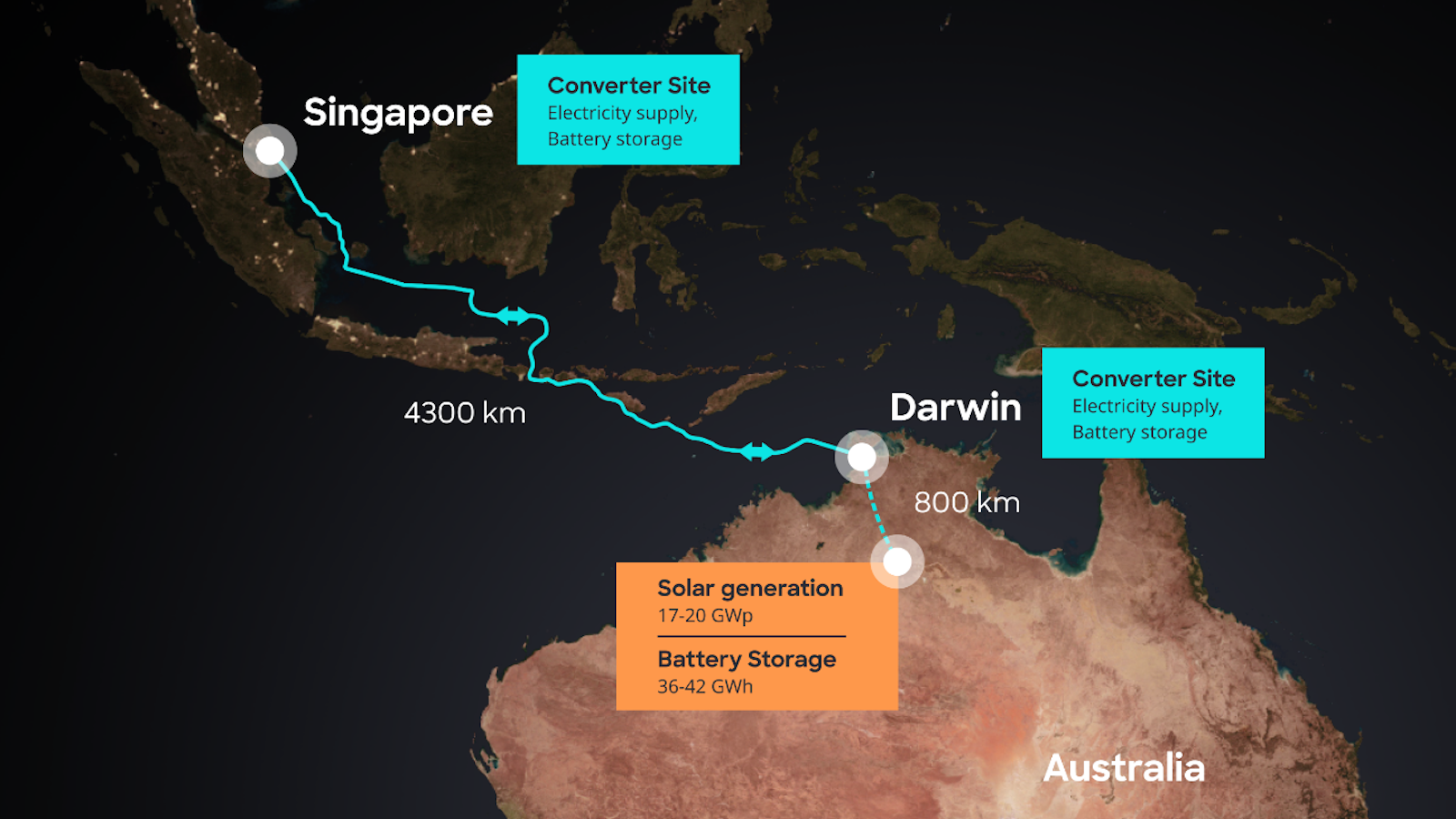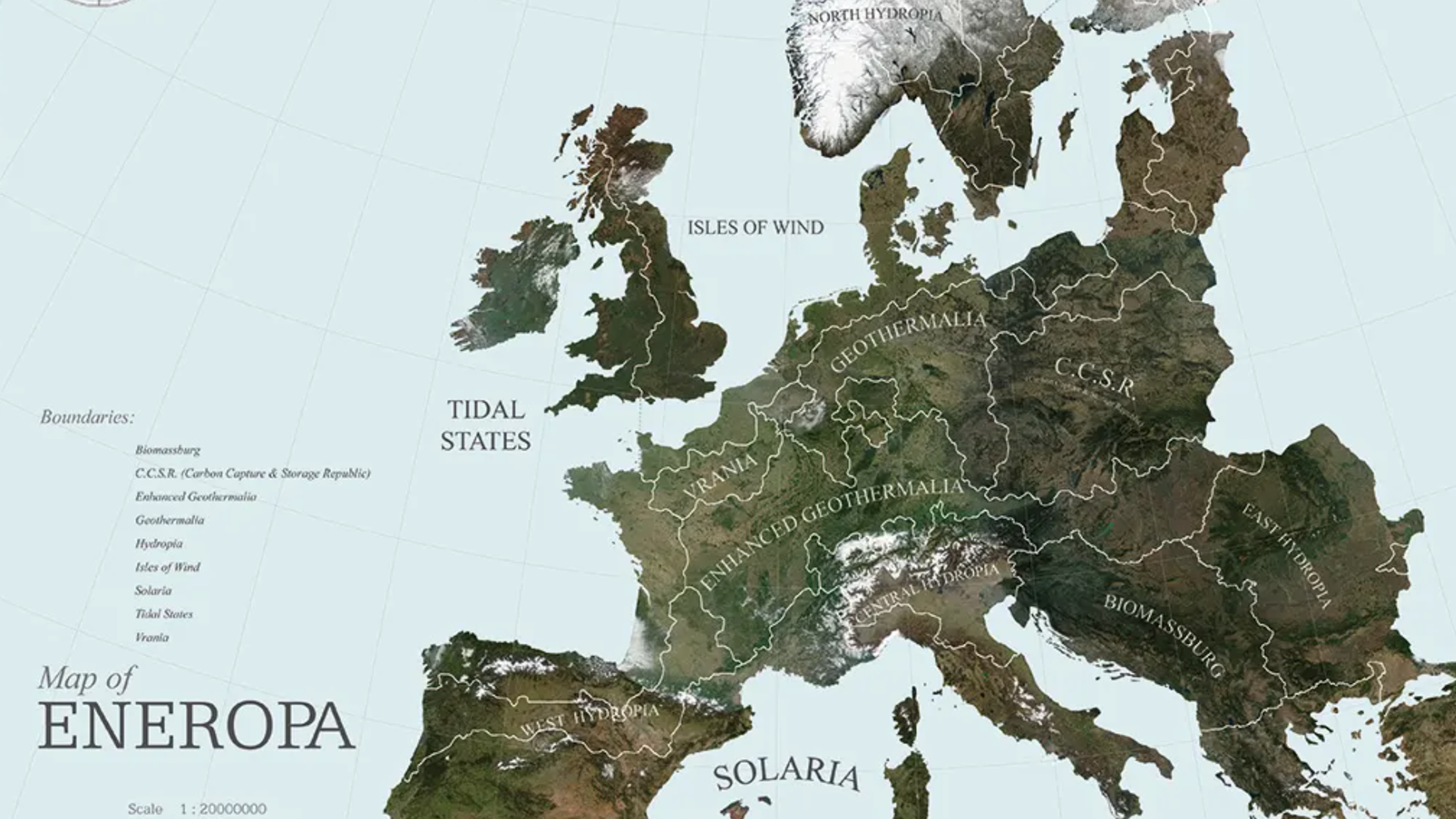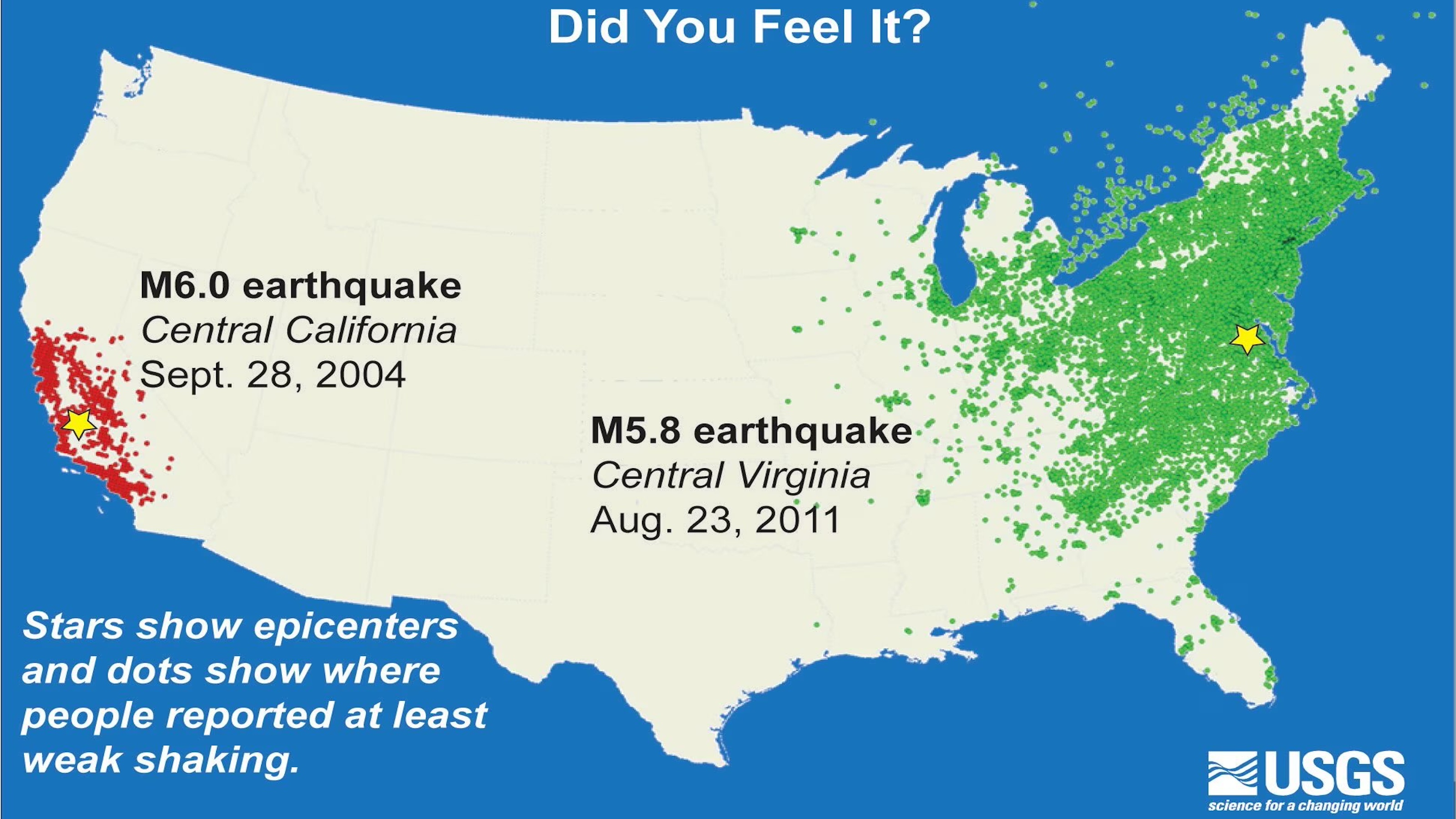The East Coast Earthquake is a Wake Up Call And Should Serve as a Warning of How Unprepared We Actually Are

The recent 5.8 earthquake that hit outside Washington, D.C. perhaps created more psychological than physical damage. So the good news is that only nerves were rattled, rather than buildings although there was small amounts of damage reported. For example, the 137-year old Washington Monument had a fairly large crack towards the top, paint chips and plaster fell from the Capital Dome, and the National Cathedral lost several hand made cap stones and even one of the large pinnacles at the top.
However, the bad news is that this earthquake is by all means a wake-up call, warning us of how unprepared we are for a major earthquake in the northeast, where we have been lulled to sleep by the lack of major earthquakes in the past century.
In the northeast, our building codes are in many ways obsolete not to mention that our nuclear power plants are relatively vulnerable. For example, the quake knocked out the off-site electrical power at two nuclear power plants in North Ana. Of the four back-up emergency generators, one of them failed. This is actually quite disturbing, because the North Ana plant was apparently only designed to handle a 6.2 earthquake. So, conceivably, if the earthquake had been a bit more powerful, it might have knocked out even more of the emergency diesel generators (at Fukushima, all the generators and batteries were knocked out, causing the recent tragedies in Japan). Without power, a nuclear power plant is dead in the water. Without cooling water being continually pumped over the super hot core, a meltdown is inevitable.
Also, if the earthquake had been centered around New York rather than Washington, D.C., it might have caused much more damage. For example, The Indian Point plant that is located roughly 30 miles north of New York City, is designed to handle a 6.0 earthquake. So, for both North Ana and Indian Point, this latest earthquake came fairly close to reaching their maximum ability to handle such an earthquake.
In addition, earthquakes are quite different on the east coast compared to the west coast. In Calif., because of the highly fractured nature of the fault lines, earthquake energy does not spread very far. The energy also does not transfer across fault lines very well. But the northeast sits in the middle of the North American Plate, much of it on bedrock, so the entire region tends to vibrate as a single unit. Hence, the energy easily travels much farther distances. So although earthquakes are more frequent on the west coast, the damage can spread much farther on the east coast.
Lastly, not much is known about all the fault lines in the northeast. In the west coast, because of the frequency of small earthquakes, it is relatively easy to create detailed maps of the various fault lines and even make some rough predictions of when they might happen again. In the northeast, this kind of detailed analysis is not possible. Earthquakes are less frequent, and there are fewer fault lines that are easily identified. But even in the middle of the North American Plate, you can have large earthquakes. The New Madrid earthquake of 1811, for example, was one of the largest earthquakes to hit the US, outside of the west coast.
Sadly, the northeast is not prepared for a big earthquake. Politicians are not interested in preparing for the “100 year storm” or “100 year earthquake” since it won’t happen during their lifetime. However, sooner or later a big one might hit, and the damage could be incalculable.





